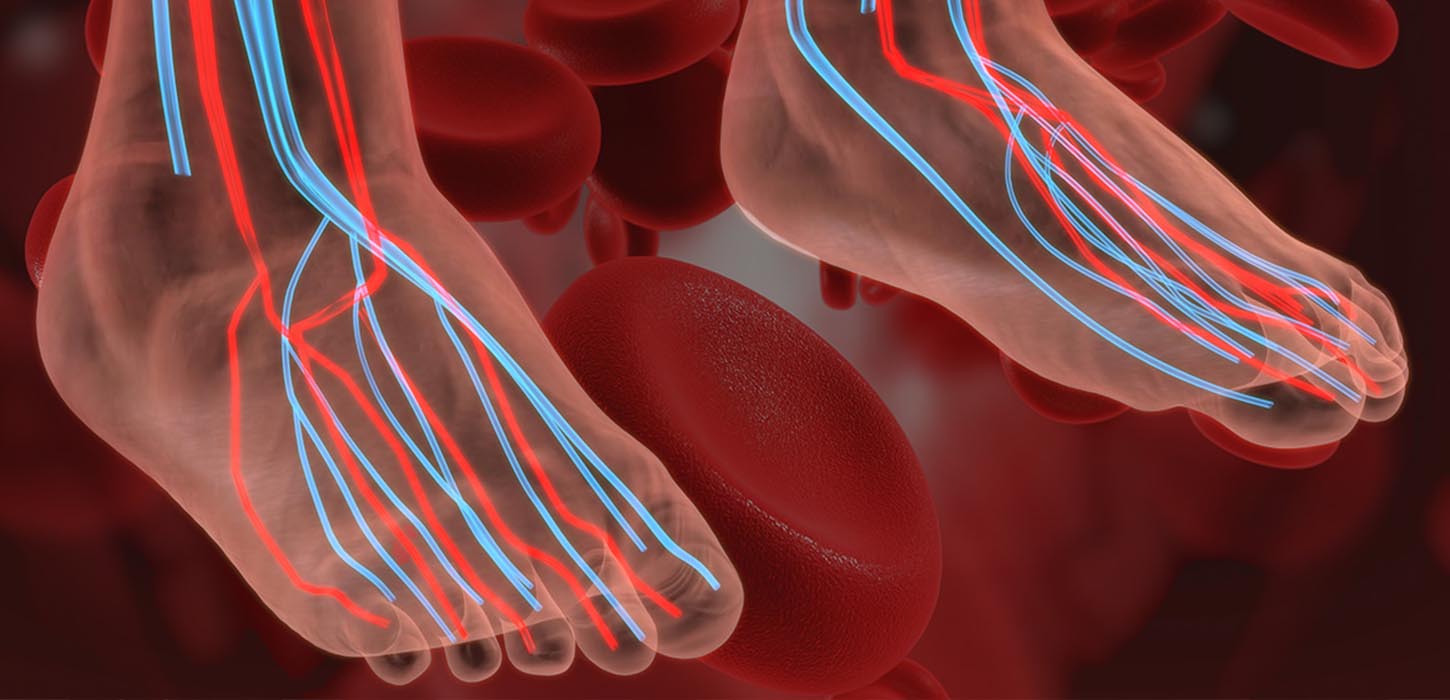Peripheral Artery Disease – PAD is a circulatory problem in which the arteries are narrowed, and the blood flow to your limbs is decreased. When you develop Peripheral Artery Disease (PAD), usually legs — do not receive enough blood. This may cause symptoms, such as leg pain when walking (claudication) or buildup of fatty deposits in your arteries (atherosclerosis).
While many people with Peripheral Artery Disease show mild or no symptoms, while some people have leg pain or cramps. Claudication symptoms includes muscle pain or cramps in the legs or arms that is triggered by physical activity, such as walking, but disappears when at rest. The pain depends on where the arteries are clogged or narrowed. Calf is the most common location where pain is erupted. Peripheral artery disease signs are:
Determine the Signs:
- Painful cramps in one or both of your hips, thighs or calf muscles after certain activities, such as walking or climbing stairs
- Leg numbness or weak or absent pulses in the legs or feet
- Coldness in your lower leg or foot.
- Sores on your toes, feet or legs that heal slowly, poorly, or not at all
- A change in the color of your legs (A pale or bluish color)
- Hair loss or slower hair growth on your feet and legs
- Slower growth of your toenails
- Lower Temperature in the leg
- Erectile dysfunction in men, especially men with diabetes
- Pain when using your arms, such as aching and cramping when doing manual tasks
If peripheral artery disease is left untreated it matures, the pain may even occur when you’re at rest or when you’re lying down. It may be intense enough to disrupt sleep. Moreover, as it matures you develop the risk of getting amputation of the affected limb, Stroke, Heart Attack and Brain Death.




